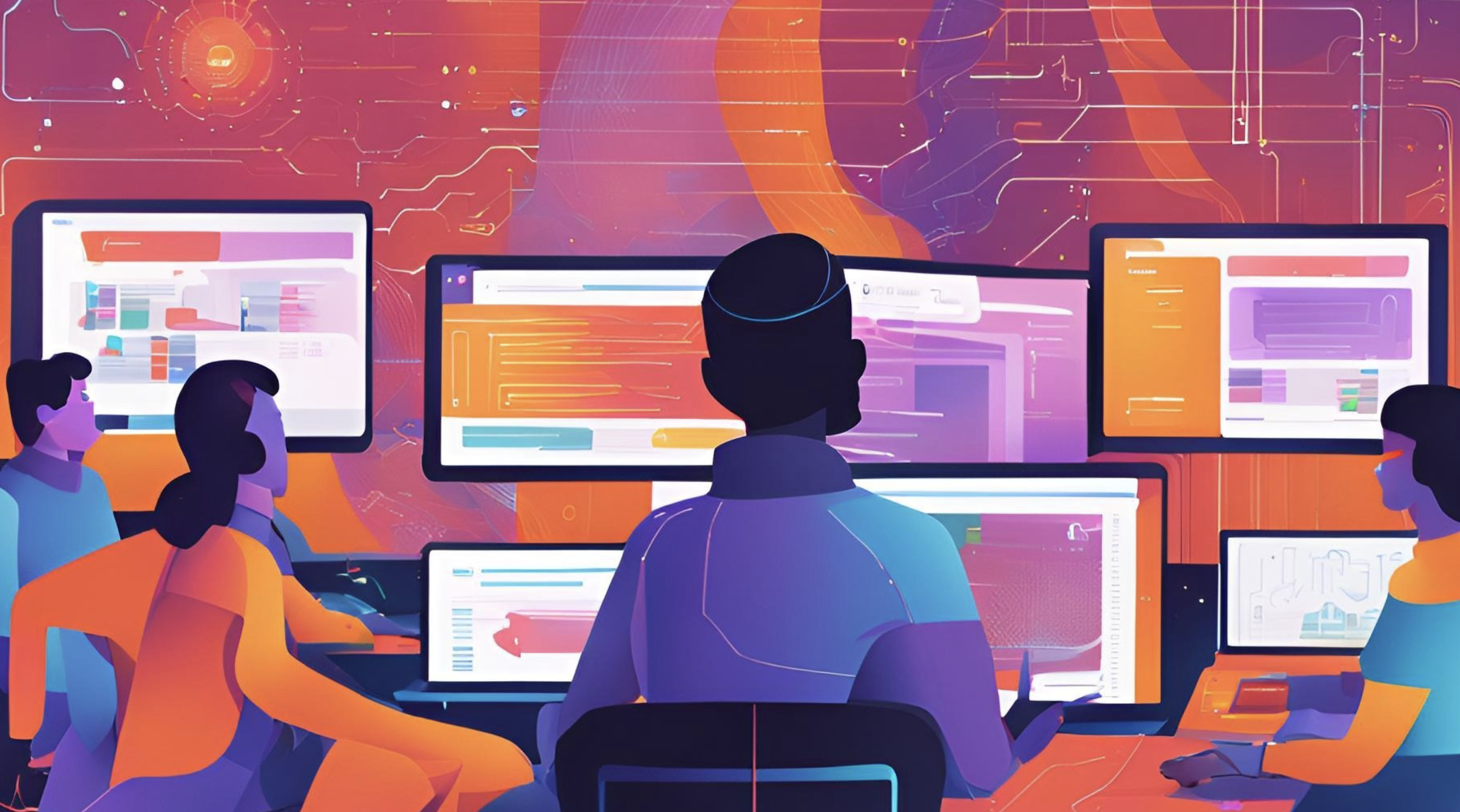
The Future of Pull Request Automation: A Balance of AI and Human Insight
"Empowering Human Code Reviews, Not Replacing Them"
The future of PR automation isn't about replacing humans - it's about augmenting their capabilities and creating space for meaningful collaboration.
As we look toward the future of software development, pull request automation is evolving rapidly. But unlike traditional automation that aims to replace human work, Pull Sense is designed to enhance human capabilities and create more space for meaningful collaboration.
Current State of PR Automation
✅ What Works Well
- Basic code style enforcement
- Automated testing
- Simple security checks
- Dependency management
❌ Current Limitations
- Context understanding
- Complex logic analysis
- Business requirement alignment
- Learning opportunities
Emerging Trends in PR Automation
🧠 Contextual Understanding
Next-gen AI tools are becoming better at understanding code context and business logic implications.
📊 Analytics-Driven Insights
Advanced metrics and pattern analysis help teams understand and improve their review processes.
🤝 Collaborative Features
Tools that enhance team interaction rather than replace it, fostering knowledge sharing.
The Role of Human Reviewers in the Future
As automation advances, human reviewers will focus more on:
Strategic Decisions
- Architecture planning
- Performance optimization
- Scalability considerations
Team Growth
- Mentorship opportunities
- Knowledge sharing
- Best practice discussions
Preparing for the Future
How teams can prepare for the future of PR automation:
🎯 Set Clear Goals
Define what you want to achieve with automation
⚡ Start Small
Begin with basic automation and scale up
📈 Measure Impact
Track metrics to ensure positive outcomes
The Path Forward
The future of PR automation isn't about replacing human reviewers - it's about creating a symbiotic relationship between AI and human expertise. Tools like Pull Sense are leading this evolution by focusing on enhancing, rather than replacing, the human elements of code review.
By automating routine checks while preserving space for meaningful human interaction, we're building a future where teams can focus on what matters most: building great software together.
Ready to be part of the future of code reviews?